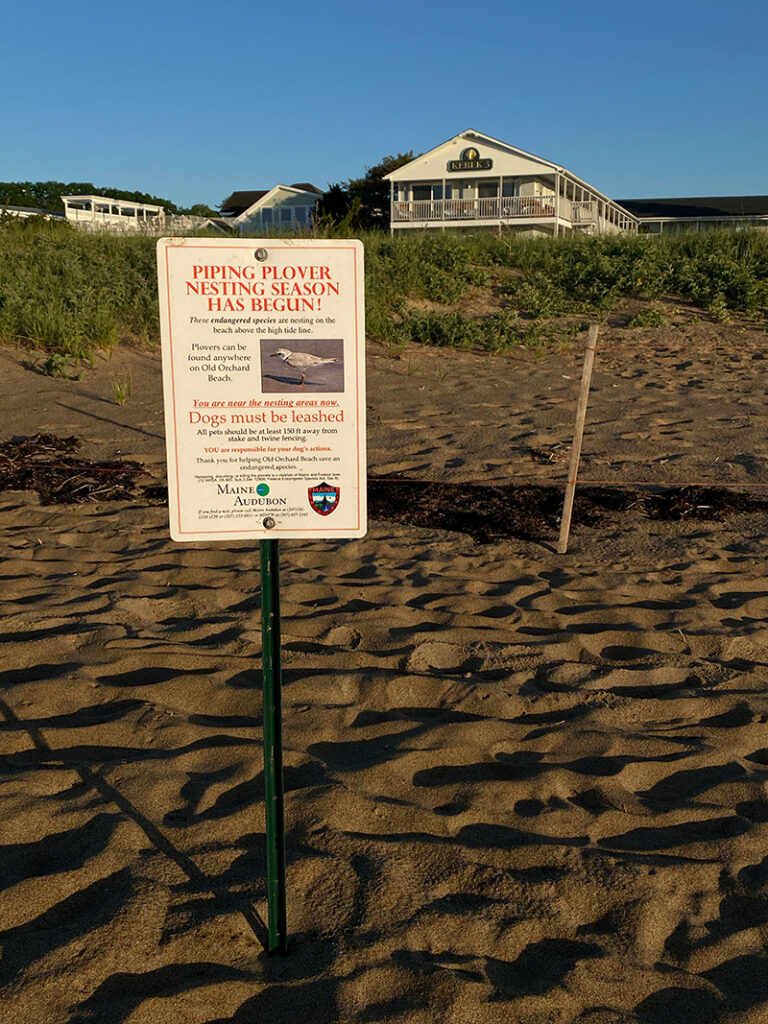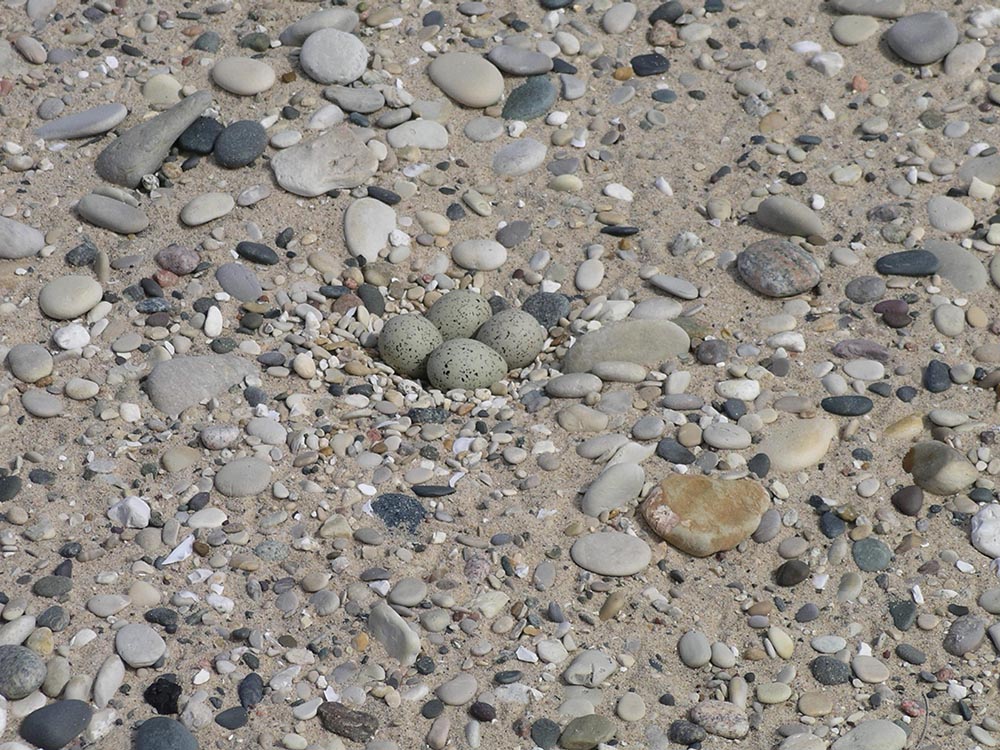Nature Deficit Disorder and how Birds can Cure it
For this final blog post for the course, I’d like to switch gears a bit and talk about a problem facing today’s children and youth. That problem is called Nature-Deficit Disorder. I think from the title, we can all make a solid guess as to what this means.
In 2005, Richard Louv published “Last Child in the Woods”. I remember picking the book up from a used book sale at my local library. It was an interesting and eye-opening read about an issue I knew existed, but never had a name for.

https://mynorth.com/2016/05/author-richard-louv-comes-to-northern-michigan-events/
With this book, Louv coined the term Nature-Deficit Disorder to explain the costs of human’s increasing distance from nature. Louv describes the disorder as the following;
“Nature-deficit disorder describes the human costs of alienation from nature, among them: diminished use of the senses, attention difficulties, and higher rates of physical and emotional illness. This disorder can be detected in individuals, families, and communities.”
~ Richard Louv, “Last Child in the Woods”
According to the Children and Nature Network,
“An expanding body of scientific evidence suggests that nature-deficit disorder contributes to a diminished use of the senses, attention difficulties, conditions of obesity, and higher rates of emotional and physical illnesses. Research also suggests that the nature-deficit weakens ecological literacy and stewardship of the natural world.”
Children and Nature Network
Now, you may be thinking. Where do birds fit in? Well, birds are one of the venues that can help children (and adults too!) with NDD by helping them find interest in the natural world.

https://nymag.com/strategist/article/best-gifts-for-bird-lovers.html
Ways to Introduce Children to Birding
- The great thing about birding, is that it requires very little equipment (depending on how serious into birding you want to get). To get started birding with children, all you need is a pair of binoculars and an identification book.

- Start in your own backyard. Set up a bird feeder for your child/children that will attract common backyard birds such as Northern Cardinals, Black-capped Chickadees, Chipping Sparrows, Mourning Doves, and Blue Jays. Once your child is able to identify these birds, try venturing out to local forest trails, ponds, parks, etc where your child could encounter these same birds and maybe even spot a new species. Seeing the same types of birds at their home as well as out and about in the world around them will hopefully spark their fascination with birds and the natural world in general.
- Find local nature groups and clubs that organize birding walks. Getting exposure to other people, especially other kids, who are interested in birds will help grow their appreciation for nature.

- Kids love games! Try to make birding into an engaging and rewarding scavenger hunt. You could set a goal for the number of different species your child should try to find. Or you could make a specific list of species you can check off when you see them, or even try to find a bird for every color of the rainbow.

The Benefits of Birding for Children
- Birding grows a sense of wonder and appreciation for nature. This may seem obvious, but it is vital. Birds are the most easily observable type of wildlife. If kids are able to observe and learn about birds, this could spark an appreciation for birds, which grows to an appreciation of nature in general.
- Increased mindfulness and peace. In our fast-paced technology dominated world, time to breathe and live in the moment becomes harder and harder to come by. Especially for children with growing minds, having time to relax and recharge is vital to healthy development. Birding is great because you never know what you’ll see. You could go to the same woodland trail every day and see different bird behaviors on display. It is ever changing and engaging.
- Improvement of physical and mental health. Walking and hiking outdoors to find birds to observe can help fight a great deal of negative health impacts kids face from Nature-Deficit Disorder. Some of these health impacts are heart disease, diabetes, obesity, and depression. Furthermore, being exposed to the natural world, such as when birding, decreases ADHD symptoms.
As you can see, there are clear benefits for children to engage in birding in the natural world. Birding can take place at any time of the year, in any season. The fun part about birding throughout the seasons (depending on where you live), is that you see different birds throughout the year.
I have been focusing my blogs on a lot of bird conservation topics such as protection of endangered species, decreasing window bird strikes, and spreading awareness of the dangers of outdoor cats. However, all of these topics are null and void if no one cares about birds. Sure, you can develop a love and passion for birds and the natural world at an older age, however, think about how much good the human population could do for birds if children grow up learning about them. By the time they are adults, they could change the world for birds and for our planet.
















































































